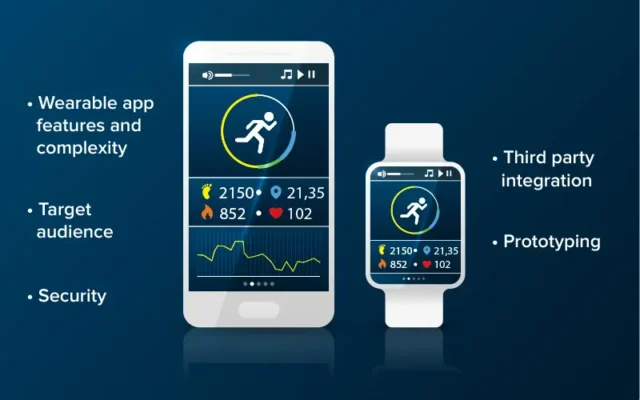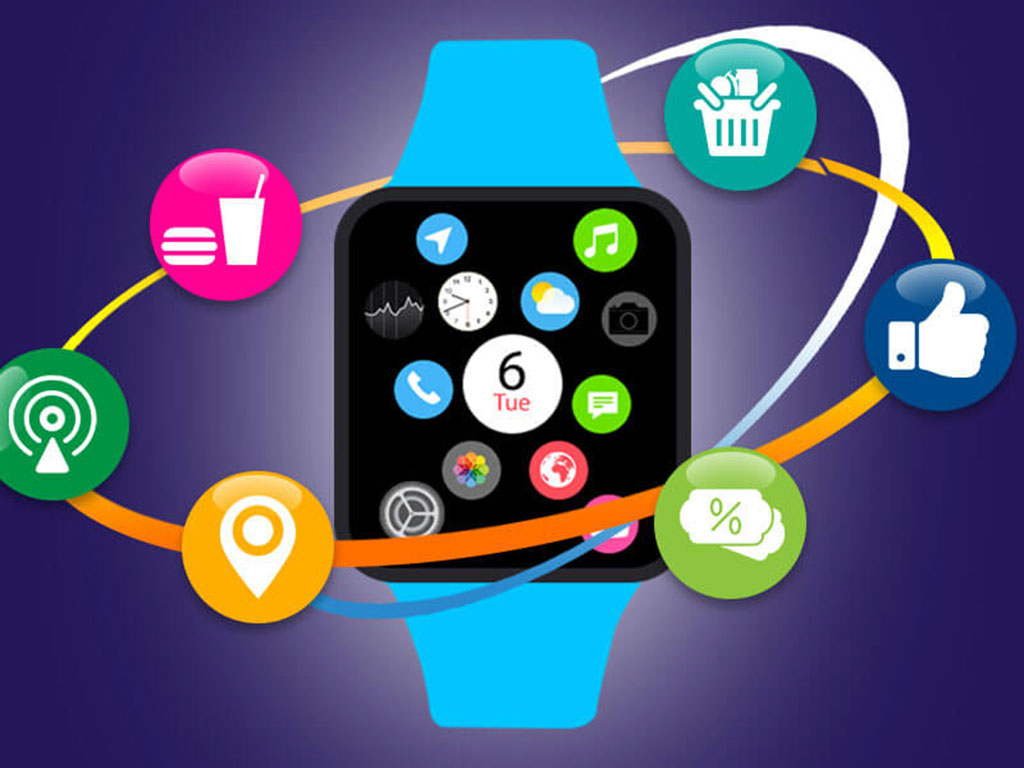As wearable technology becomes increasingly prevalent in our daily lives, developing mobile applications that can seamlessly integrate with these devices has become a hot topic for developers and businesses alike. From fitness trackers to smartwatches, wearables provide unique opportunities to enhance user engagement and deliver personalized experiences. Here’s a step-by-step guide on how to build a mobile app that integrates with wearable devices.

Table of Contents
ToggleStep 1: Define Your App’s Purpose
Before diving into development, it’s crucial to clearly define the purpose of your app. Ask yourself:
- What problem does your app solve?
- Who is your target audience?
- How will users benefit from the integration with wearable devices?
By answering these questions, you can create a focused vision for your app and ensure it meets the needs of your users.
Step 2: Choose the Right Wearable Devices
There are various types of wearable devices, including:
- Smartwatches (e.g., Apple Watch, Samsung Galaxy Watch)
- Fitness Trackers (e.g., Fitbit, Garmin)
- Health Monitors (e.g., heart rate monitors, glucose monitors)
Choose the devices that align with your app’s purpose and target audience. Consider factors such as popularity, market penetration, and compatibility with your app.
Step 3: Select a Development Platform
Depending on your target wearable devices, you’ll need to choose the right development platform. Some common platforms include:
- Apple Watch: Use WatchKit and Swift for app development.
- Android Wear: Use Android Studio with Java or Kotlin.
- Fitbit SDK: Utilize the Fitbit SDK for building apps specifically for Fitbit devices.
Make sure you familiarize yourself with the development guidelines and requirements for each platform to ensure smooth integration.
Step 4: Design a User-Friendly Interface
User experience is paramount, especially for wearable apps with limited screen real estate. Consider the following design principles:
- Simplicity: Keep the interface intuitive and straightforward.
- Legibility: Use clear fonts and contrasting colors to enhance readability.
- Gestural Interactions: Utilize swipe and tap gestures for navigation to provide a seamless experience.
Creating a user-friendly interface will encourage users to engage with your app consistently.
Step 5: Implement API Integration
To enable communication between your mobile app and wearable devices, you’ll need to implement APIs (Application Programming Interfaces). Most wearable platforms provide APIs that allow you to:
- Access data from the wearable device (e.g., steps taken, heart rate, sleep patterns).
- Send notifications or commands to the device (e.g., reminders, alerts).
- Synchronize data between the app and the wearable device.
Thoroughly review the documentation provided by the wearable platform to understand how to use their APIs effectively.
Step 6: Focus on Data Management and Privacy
Wearable devices collect sensitive user data, so it’s crucial to prioritize data management and privacy. Here are some tips:
- User Consent: Always ask for user consent before collecting any data.
- Data Encryption: Implement encryption protocols to protect user data during transmission.
- Compliance: Ensure your app complies with relevant regulations, such as GDPR or HIPAA, depending on the type of data collected.
Building trust with your users through transparency and security will enhance their experience with your app.
Step 7: Test Thoroughly
Testing is a critical phase in app development. Conduct thorough testing across different devices and scenarios to ensure:
- The app integrates seamlessly with wearable devices.
- Data is synchronized correctly between the app and the wearable.
- The user experience is smooth and intuitive.
Consider using beta testers to gather feedback and identify potential issues before the official launch.
Step 8: Launch and Promote Your App
Once you’ve tested your app and made the necessary adjustments, it’s time to launch. Consider the following promotional strategies:
- App Store Optimization (ASO): Optimize your app store listing with relevant keywords, engaging descriptions, and high-quality visuals.
- Social Media Marketing: Leverage social media platforms to promote your app and engage with your audience.
- Influencer Partnerships: Collaborate with influencers in the wearable tech space to reach a wider audience.
Creating a buzz around your app will help drive downloads and user engagement.
Step 9: Monitor and Update
After launching your app, continuously monitor user feedback and app performance. Use analytics tools to track user engagement, retention rates, and any issues that may arise. Regular updates and improvements based on user feedback will keep your app relevant and user-friendly.
Conclusion
Building a mobile app that integrates with wearable devices opens up exciting possibilities for user engagement and experience. By following these steps—defining your app’s purpose, choosing the right devices, and focusing on design and data management—you can create a successful app that enhances the wearable experience. Stay adaptable and responsive to user feedback, and your app can become a valuable tool in the growing wearable technology market. Happy developing!


No responses yet